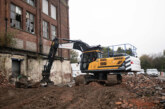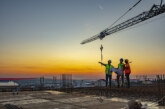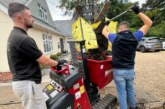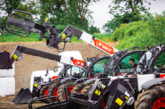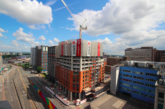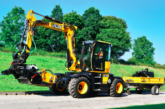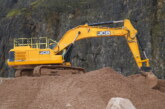
Construction Plant News Editor, Lee Jones investigates the latest in Pedestrian Detection Camera technology from FTC Group
It is increasingly the case that clients are demanding that the construction plant used on their projects is equipped with a camera system. Sites themselves are getting tighter for space and large pieces of machinery are often operating alongside ground-working personnel with little room for manoeuvre – and where one error of judgement could prove disastrous. Once the recognition has been made that technology can be our saviour, it’s then a question of what system to choose, and FTC Group thinks it has the answer.
The company is already a very well-established player in the fork-lift sector and, since the introduction of its Pedestrian Detection Camera into the construction market, has been steadily gaining a following amongst plant hirers and contractors, but what makes its system different to what is already out there? “There are a number of solutions available where the boots on the ground are required to carry or utilise tags,” explains Sean Hamill, Business Development Manager at the company. “These systems can, however, be problematic to operate effectively on builds where personnel from a number of different companies are in attendance, which in reality is the case on most sites these days. The FTC Pedestrian Detection Camera is much easier to manage from the point of view of the contractor, and more user friendly for an operator.”

So just how does it work? “Each of the cameras provides 140-degree field of vision,” explains Sean, “with an array of three units offering a 360 view, depending on the machine. “We’re very much led by the client on how the system will ultimately operate in situ and there’s a range of different audible and visual warnings of encroachment that can be specified, whilst either 7 or 9in. full HD in-cab touchscreens are available.”
The camera software utilises a pre-defined algorithm to differentiate between the movement of people and objects. Variable fields of vision from 1 – 30 metres are organised around familiar red, amber and green parameters, which again can be configured in consultation with the customer, in addition to this, a wide range of additions can be added to the system such as customised sounders, flashing beacons, continual recording drives and links to advanced telemetry systems. Continues Sean: “Whether it’s a shovel loader working in a waste & recycling centre, a telehandler on a house building site, or an excavator in a demolition or construction environment, FTC has a dedicated team of installers who can work with fleet managers. It’s completely non-intrusive, so will have no effect on warranties and, once fitted, the additional training required is minimal.”
One of the recognised dangers of any safety device is warning fatigue, or the cry-wolf syndrome. If an alarm is activated too often then it can be become instinctively ignored by those it is supposed to be protecting. FTC Group believes that, by introducing a level and type of alert around the operator and their workspace, its more bespoke approach mitigates that problem.
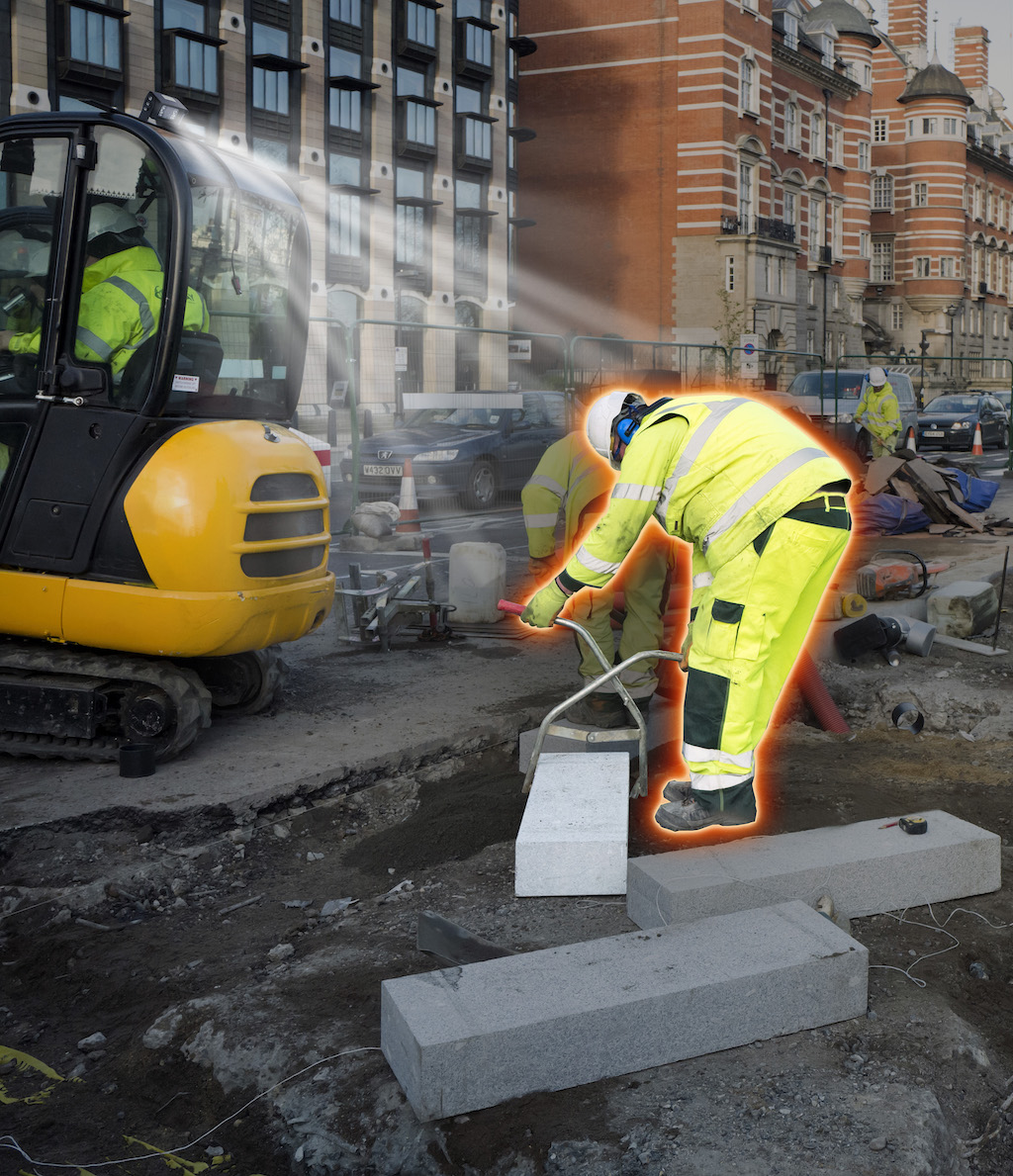
Moreover, there is the potential for the Pedestrian Detection System to integrate with the same company’s Optafleet management software. The increased level of functionality it affords will allow responsible individuals to identify specific risk areas on site, or where driver behaviour needs to be addressed. Data on pedestrian interaction can then be interrogated by desktop or an app, with heatmaps by site, operator or class of equipment also available to view. Even if the client doesn’t opt for the full fleet management solution – if, for instance, their machinery is already supplied with an OEM-developed solution – FTC can offer a GPS enabled installation and continuous recording cameras as an additional resource which, again, will allow greater insights into machine safety on any given site or piece of equipment.
HS2 has already determined that a pedestrian detection system that is managed by contractors themselves will need to be in evidence on machinery in order to gain access to its sites, and that is now the direction of travel across the industry as a whole. What FTC Group is supplying is a solution that is tailored to particular operational requirements and can be easily overseen on site.

